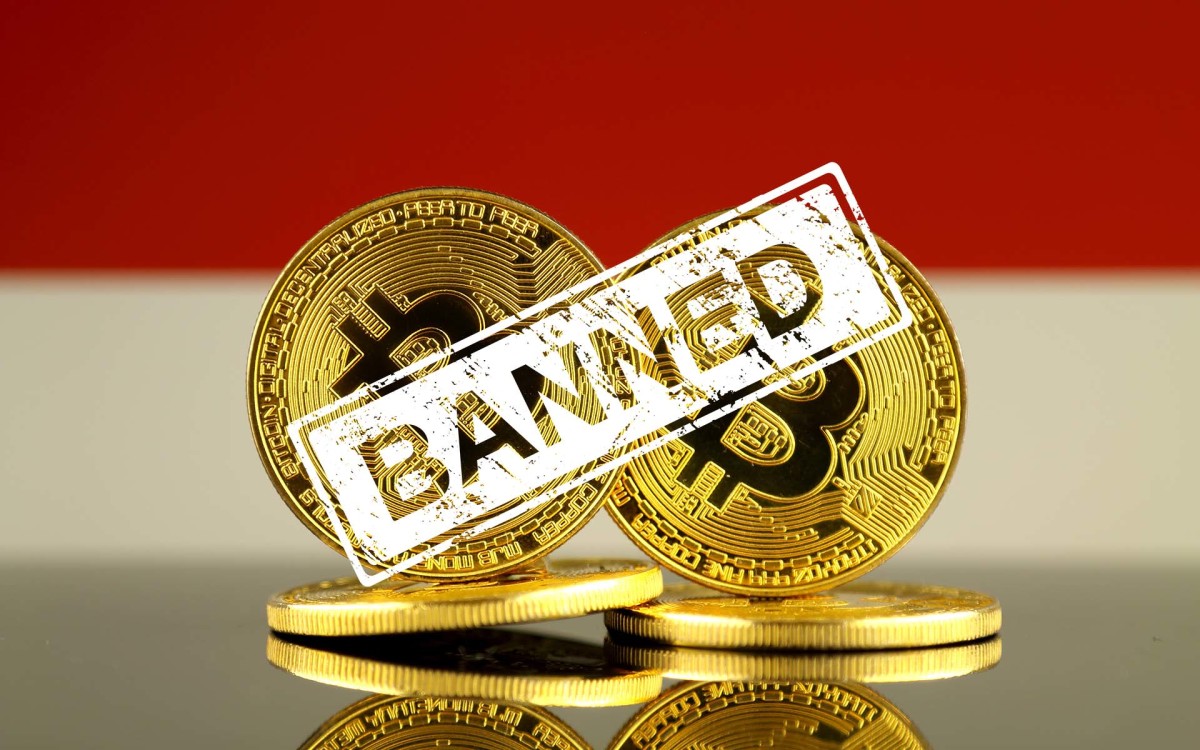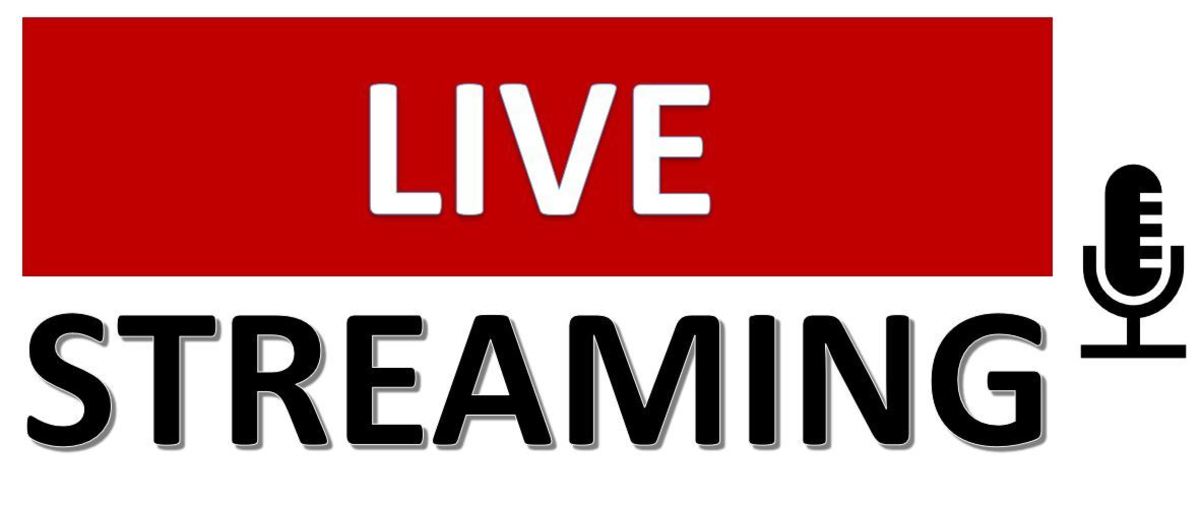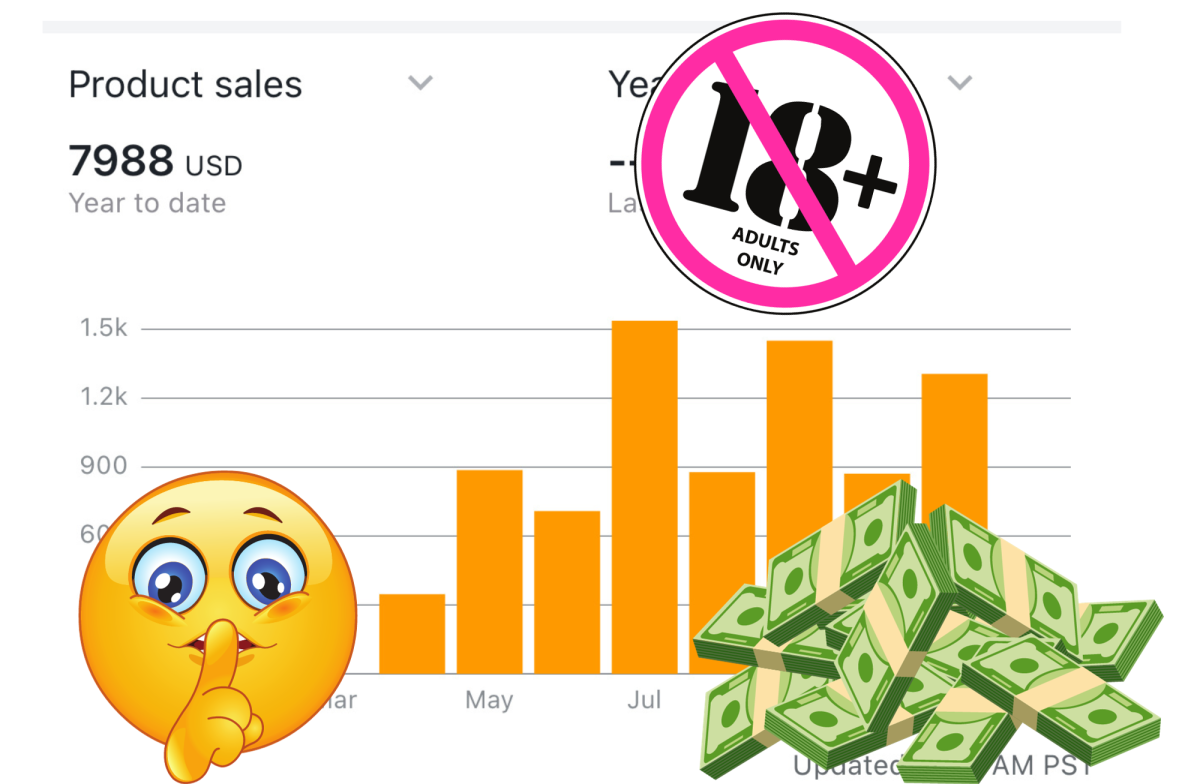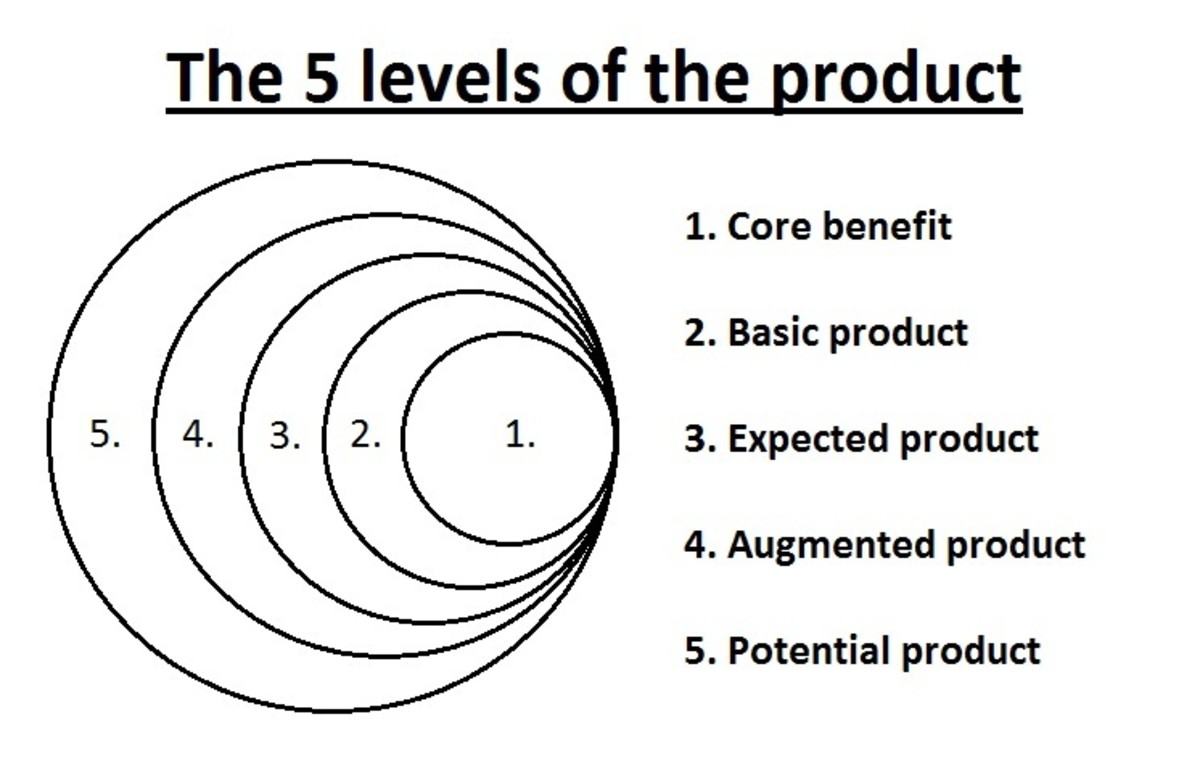Examples of and Tips for Ambush Marketing
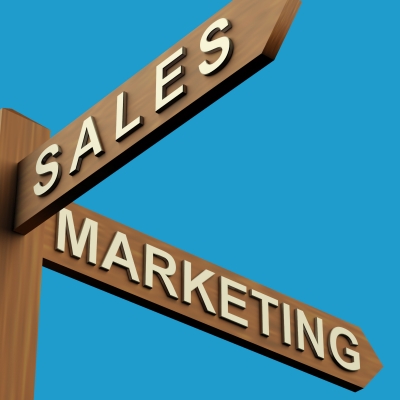
Ambush Marketing Explained
Ambush marketing is a technique companies will use by unofficially attaching themselves to a large event. In most cases, sporting events are subject to this marketing method as large groups of consumers converge in a single area. Other events, however, such as nonprofit or organizational gatherings, are also ambush-marketing targets. This is normally a predatory marketing method that many events wish to avoid, primarily because an event’s main sponsors (who usually pay for this right) can lose marketing and/or advertising exclusivity.
Examples of Ambush Marketing
A few classic examples of ambush marketing stand out in recent times. During the 2012 Olympics, many athletes, especially those in swim competitions, wore Dr. Dre’s Beats headphones. Whether the athletes were given the headphones or paid to wear them does not matter; the point was viewers saw the product and attached them to the athlete’s supposed “endorsement.” Even if the company gave the headphones away, it was a successful ambush marketing technique due to later sales.
Another example would be companies that give away hats or t-shirts near sporting event venues. The company may simply request the consumer wear the item all day. Most likely, the consumer will agree – especially with headwear – and provide the company with free advertising throughout the sporting event. The company can achieve even better results at events where fans will be on television. This simply extends the company’s marketing audience. However, an event’s main sponsor may require fans to remove clothing or headwear with competing companies’ logos to prevent this free advertising.
The internet is quickly becoming an open field for ambush marketers. During March Madness 2013, several companies launched viral campaigns which leveraged the basketball event’s popularity. These campaigns included videos, coupons, and discounts using basketball themes and the related tournament as advertising substance. In many cases, consumers were unaware of the event’s non-sponsored advertisers. They simply decided about products based on the resulting deals surrounding the event and the time of year.
Numerous other examples exist for ambush marketing in sports. One simply has to look keenly at various advertisements. One easy method is to find the “official sponsor” of an event or sport. Then, look for the sponsor’s competitors during advertising or marketing campaigns. Depending on the advertisements, the competitors could be using ambush marketing to cash in on the event or sport.
Summary on Ambush Marketing
Examples of:
| Dr. Dre's Beats headphones at 2012 Olympics
|
Nike Town at various Olympic venues
| |
Viral internet campaigns (i.e. 2013 March Madness)
| |
Tips for:
| Set up a display near an event
|
Buy a media package that allows for advertising around the event's main sponsor
| |
Use crazy stunts to draw publicity away from the main event (i.e. giveaways for crazy costumes)
|
Further Details on Ambush Marketing
Tips for Ambush Marketing Locations and Ideas
Tips for ambush marketing include buying airtime on television or radio stations around the event’s active time, establishing stands or booths near the event to sell goods, and using graphics or photos that look comparable to the events official logo, which gives the false impression the event is sponsored by the ambush marketer. Organizations commonly engage in these marketing tactics, though they may be a risk legally. For example, a company’s advertising that infringes on a specific function or copyrighted logo may be held financially accountable.
Most major events broadcast their functions on multiple broadcast outlets, such as television commercials and/or radio advertisements. Organizations could buy airtime for their ambush marketing to advertise products after the function’s airtime, capitalizing on the affiliation element of marketing. While the organization is unable to reference the main function or event, individuals might think the business has some association with it.
To utilize this method effectively, ambush marketing should be free-of-charge and avoid direct recognition that makes it look like the organization really has some connection to the original function or event. For example, giving away small trinkets that may be associated with the type of event is common ambush marketing. Additionally, organizations can easily conduct substantial advertising campaigns leading up to the function that enhances the affiliation element of their marketing campaign.
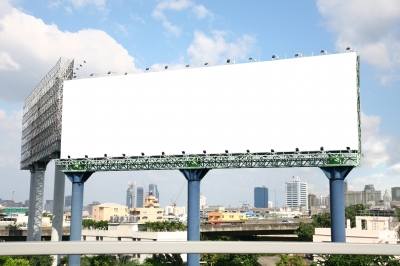
Billboards and other roadside marketing are yet another ambush marketing method. Business may place booths, advertisements, or workers near the function or event. While some specific areas around the event may not be available, other spots close by can definitely be used for ambush marketing. Organizations can position advertisements and workers that draw in the event’s attendees to these secondary locations. Street retailers also present a mobile advertising option, going up and down roads near the function; this permits the company to take up more ground through ambush marketing campaigns.
Advertising campaigns might function better in ambush marketing when a company utilizes a carefully produced theme or logo design. While business must not encroach on copyrights or additional protections, near copies are feasible. Businesses can easily put these logo designs in advertisements positioned on television commercials or signs around the original event. Many of these near copies will feature the company’s own logo design or advertising, hopefully boosting the interest of event attendees. The primary purpose of this advertising is to sidetrack consumers away from the original event.
Two disadvantages to ambush marketing exist. They include higher sponsorship expenses and the potential for lawsuits from some type of legal infringement. When companies do not acquire the event sponsorships, the event organizers must compensate by charging attendees higher prices. As mentioned earlier, replicating legal copyrighted material or trademarks very closely could lead to legal infringement. Companies may need to consult lawyers to ensure ambush-marketing campaigns are above board when it comes to these issues.



